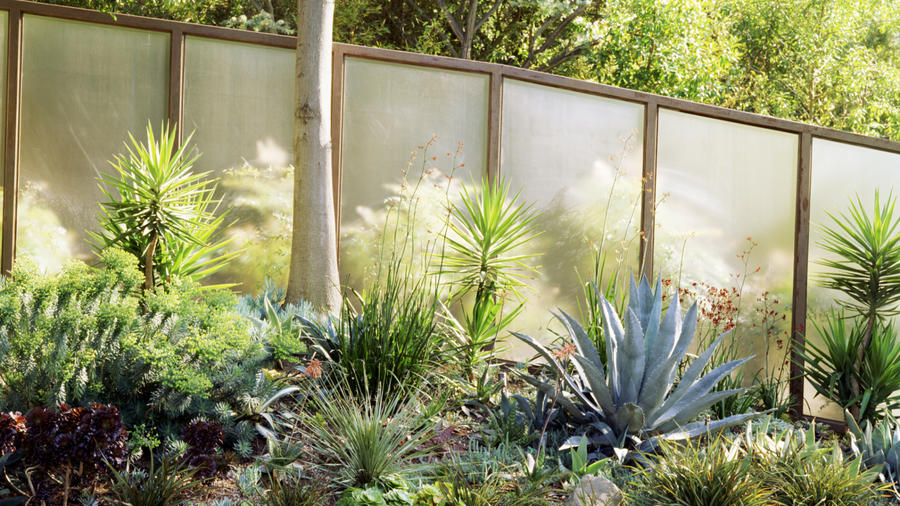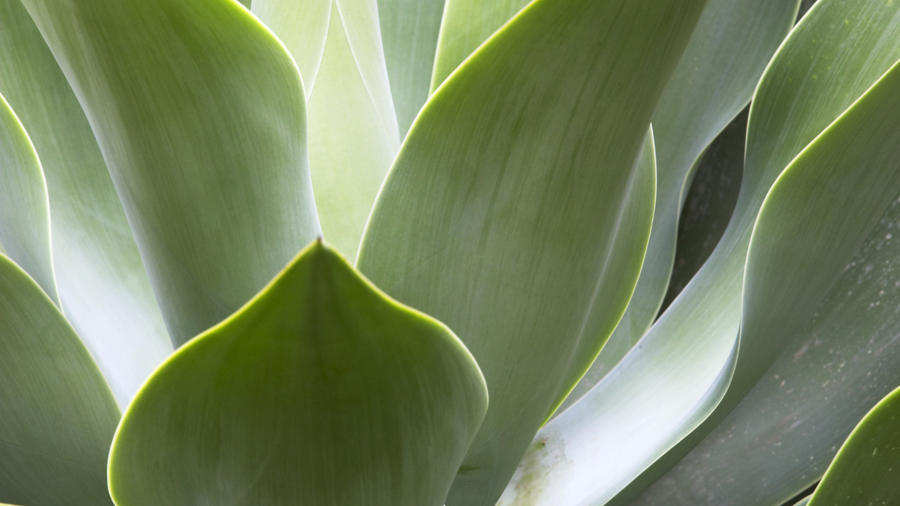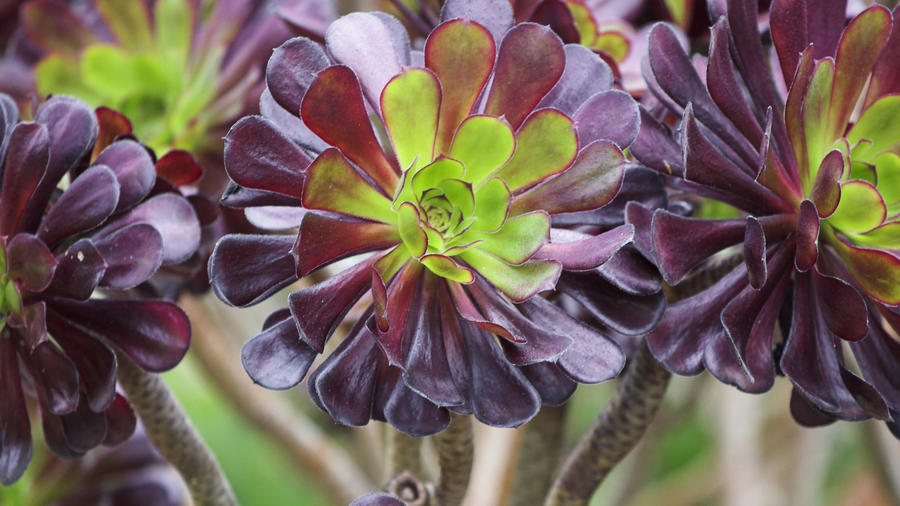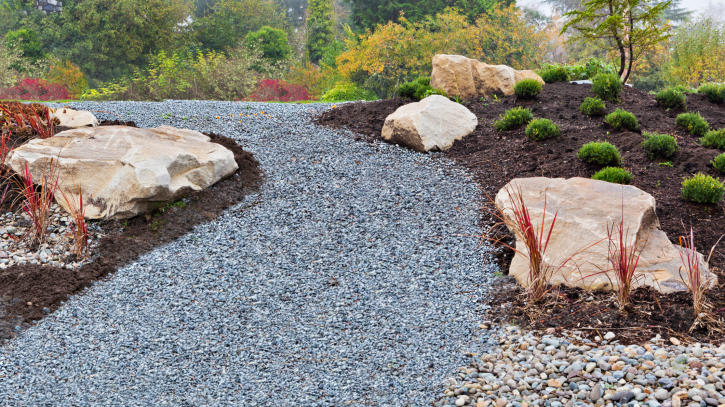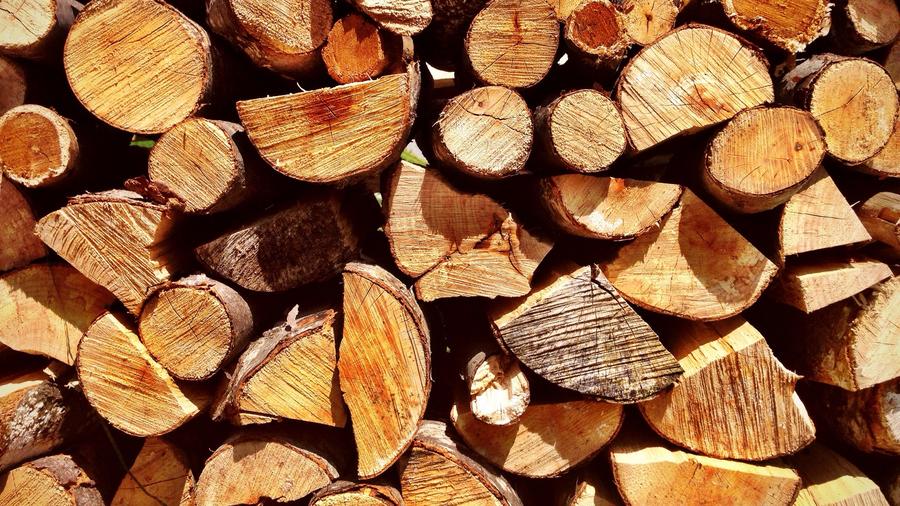
5 Wildfire Safety Tips to Protect Your Garden
A few easy steps can save not just your garden but your home as well. An exhibit at the San Luis Obispo Botanical Garden can show you how.
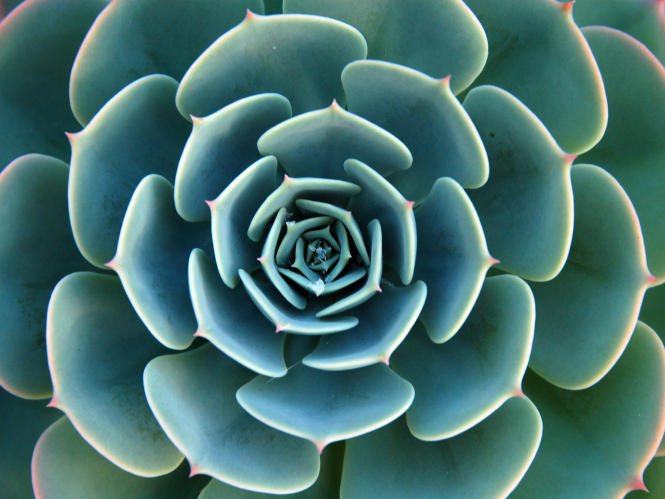
With deadly wildfires raging, thousands have been forced to evacuate their homes in the West.
We talked with Lindsey Collinsworth, education director at the San Luis Obispo Botanical Garden, for a few tips on fire safety.
The park’s Fire Safe Garden, which is currently open to visitors, is a collaborative and educational project between Cal Fire, the Fire Safe Council, and other granting agencies. The garden is separated into two firescaping zones. First, there is the Garden Zone, which is within 30 feet of the home and is the most important in fire safety. All fuel needs to be removed from this zone, to make it, as Collinsworth describes, “lean, clean, and green.” The design of the garden is arranged in concentric circles, explains Collinsworth, so the house can be protected no matter which direction a fire comes from.
The second zone is the Fuel Reduction Zone, which is 30 to 100 feet from the home and on slopes and above canyons. Shrubs in this area should be spaced away from trees to avoid “ladders” for the fire to climb into the canopy.
Embers from a wildfire can travel a mile. To protect your garden at home, Collinsworth suggests these five tips:
Remove Dead Branches
Mow down dead annual grasses, as well.
Install Succulents
Plant these water-storing specimens, instead of relying on water-heavy lawns and turfs.
Maintain Your Garden
Fire-resistant plants should be healthy, green, properly spaced, irrigated regularly, and pruned to reduce fuel volume
Avoid Highly Flammable Structures
Rethink hazards like wooden fences, furniture, and decks near the house. Consider aluminum, bricks, cinder blocks, and concrete as alternatives. Other fire resistant materials worth considering are non-combustible pebbles, decomposed granite, gravel, sand, pavers, or brick that allow for water penetration, instead of large areas of mulch.
Store Wood in a Fireproof Container
For more inspiration, hundreds of drought-tolerant and fire-resistant plants have been installed at the Fire Safe Garden, which connects with a hiking trail that takes visitors through a portion of the botanical garden’s 150-acre site.
You can also check out plenty of fire safety tips located on the garden’s website.
